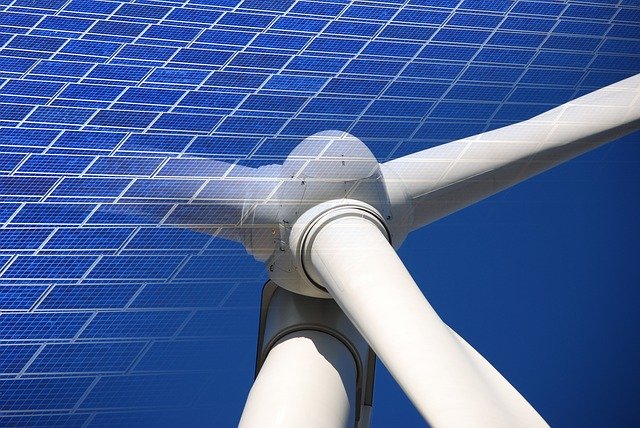
Wind and solar growth has saved the EU €12 billion since Russia invaded Ukraine
In the year following Russia’s invasion of Ukraine, the EU has faced enormous pressure to mitigate energy security risks and protect itself against the soaring costs of fossil fuel imports.
Gas prices skyrocketed to an unprecedented high of €313 / MWh as Russia cut pipeline exports to the EU. This caused the cost of producing power from gas to reach over €650 / MWh. With coal prices also surging, the increased cost of fossil fuels pushed up electricity prices and triggered escalating inflation and a cost of living crisis across Europe.
This volatility added new urgency to move away from fossil fuels for power generation in the EU. But even before the full impact of newly announced policies comes into effect, wind and solar have played a vital role in achieving the primary objective of cutting Russian gas dependence.
Record wind and solar
Boosted by growing capacity and favourable weather conditions, wind and solar produced a record level of EU electricity since the start of the war. Their combined generation was 546 TWh, an increase of 50 TWh (+10%) compared with the same period in 2021-22.
In total, wind and solar have accounted for 23% of total EU generation since the war began, for the first time overtaking the share of gas power, which provided 19%.
The record wind and solar generation helped the EU weather challenging conditions in the power sector. Alongside the rush to replace Russian gas, nuclear and hydro generation suffered significant shortfalls across the EU last year in the wake of drought impacts and plant closures. This created a large gap in generation, much of which was met by wind and solar and a fall in demand as fossil fuel prices spiked.
Information Source: Read More “
Energy Monitors , Electric Power , Natural Gas , Oil , Climate , Renewable , Wind , Transition , LPG , Solar , Electric , Biomass , Sustainability , Oil Price , Electric Vehicles,


